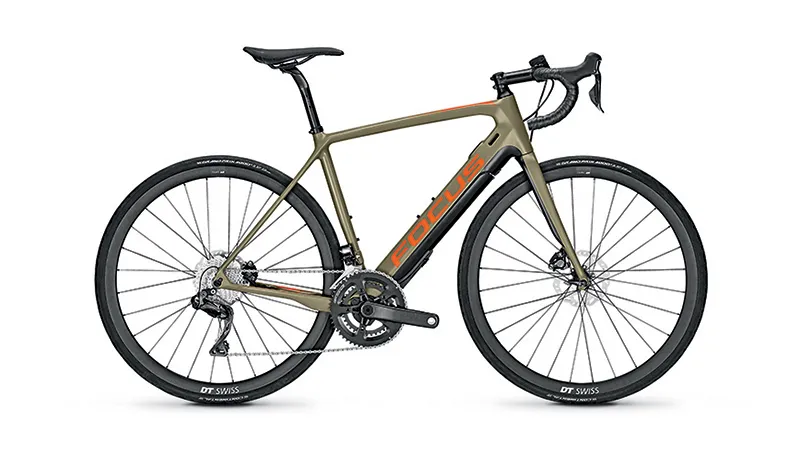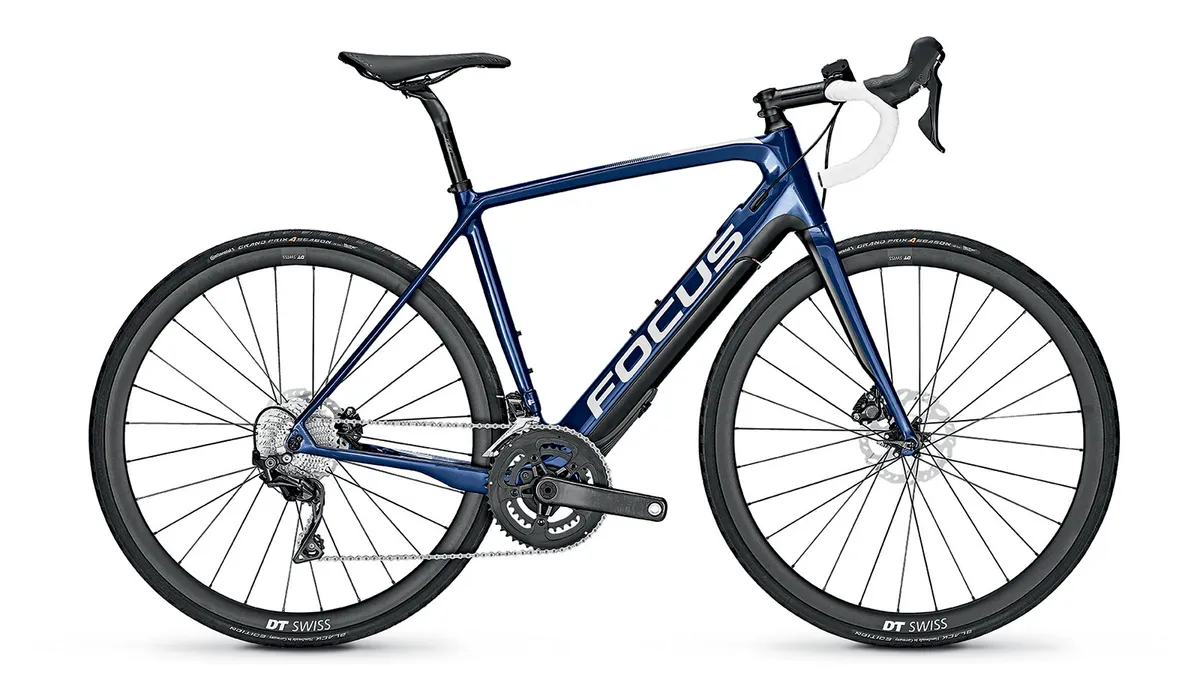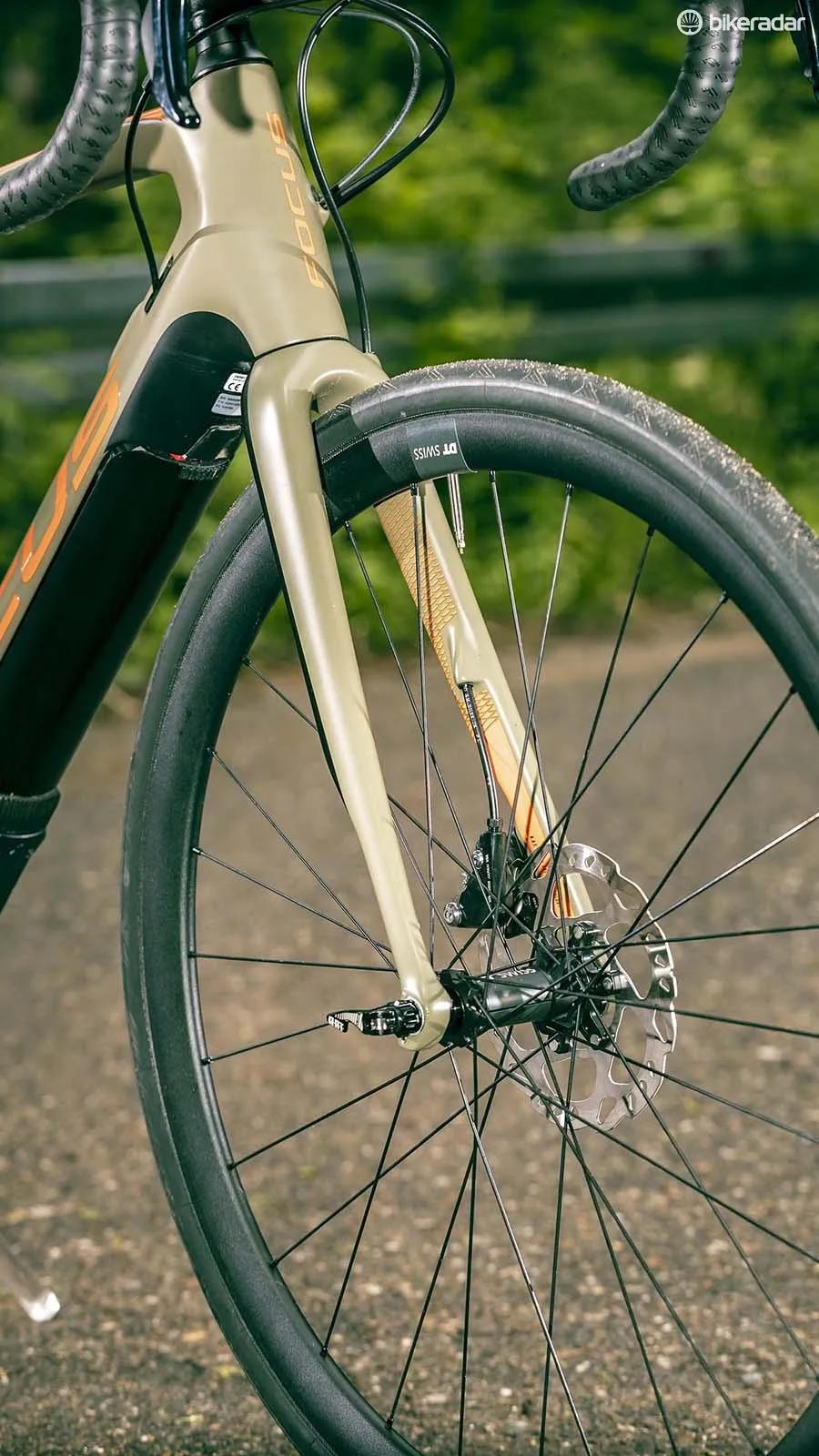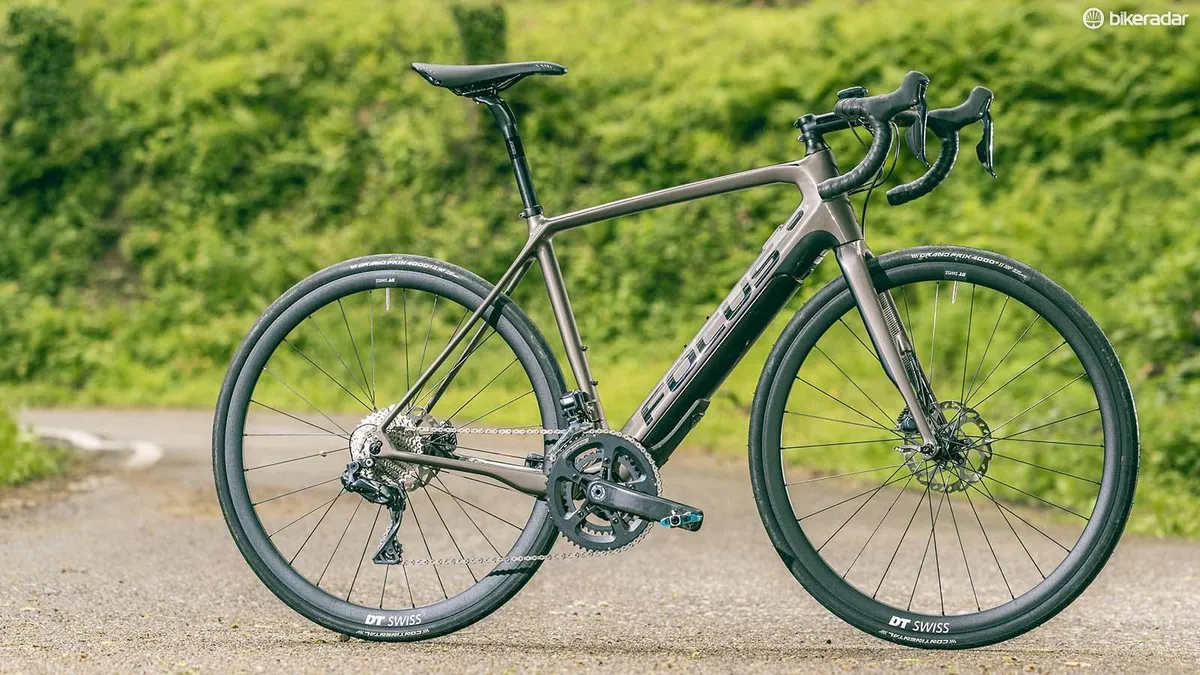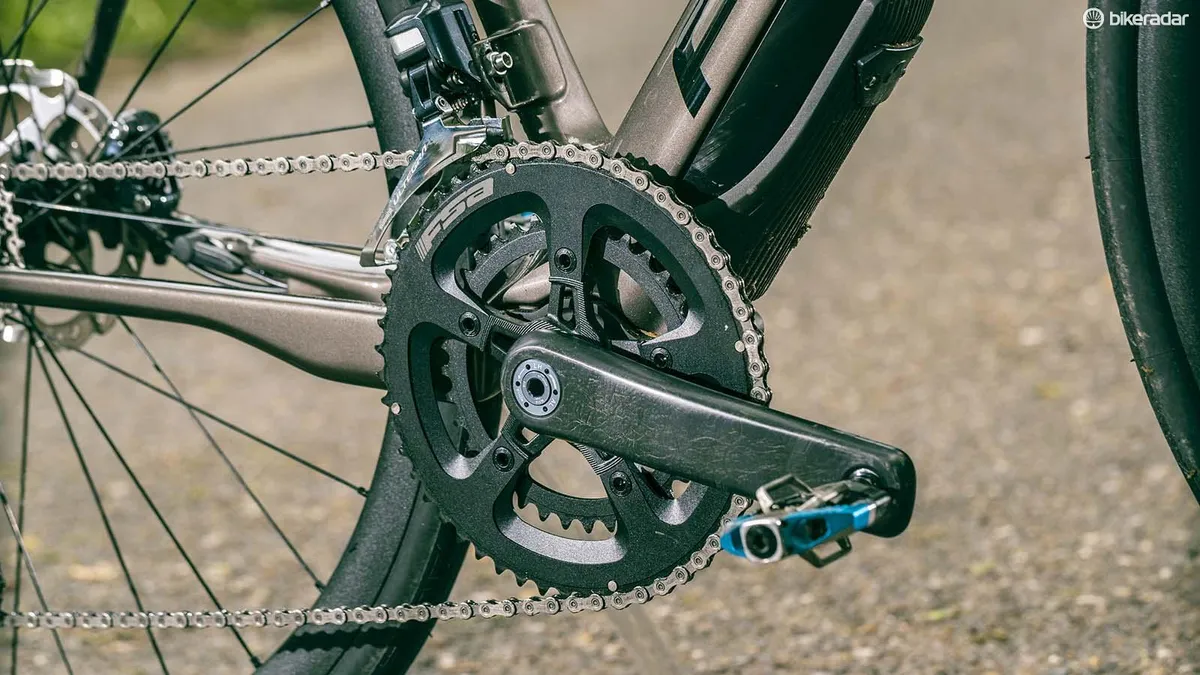Unable to load Media
The Paralane is one of the original all-road machines in the vein of the GT Grade or Cervélo C series. It’s a bike that blurs the lines between endurance road and gravel, that you can take pretty much anywhere. This one however brings e-assistance into the mix.
Focus Paralane² specifications
- Weight: 13.1kg (M)
- Frame: Hi-Mod carbon fibre with Fazua motor and battery
- Fork: Paralane² road boost disc fork
- Gears: Shimano Ultegra Di2 (50/24, 11-30)
- Crank: FSA carbon crank (Paralane² specific)
- Motor/Battery: Fazua
- BB: Fazua
- Wheels: DT Swiss RR521 rims on DT swiss 370 hubs
- Tyres: Continental GP4000sII 28mm
- Seatpost: BBB Carbon
- Saddle: ProLogo Kappa Evo
- Stem: BBB alloy
- Bar: Focus alloy
- Price: Focus Paralane² 9.8 £TBC
Focus Paralane² highlights
- Lightest e-road bike; 13kg, 10kg without engine/battery
- Brings BOOST to the road (110x12, 148x12) R.A.T. EVOII axle
- 35mm tyre clearance
- Ships with fenders
- Battery and motor are easily removable
- Resistance free when motor off
Focus Paralane² design
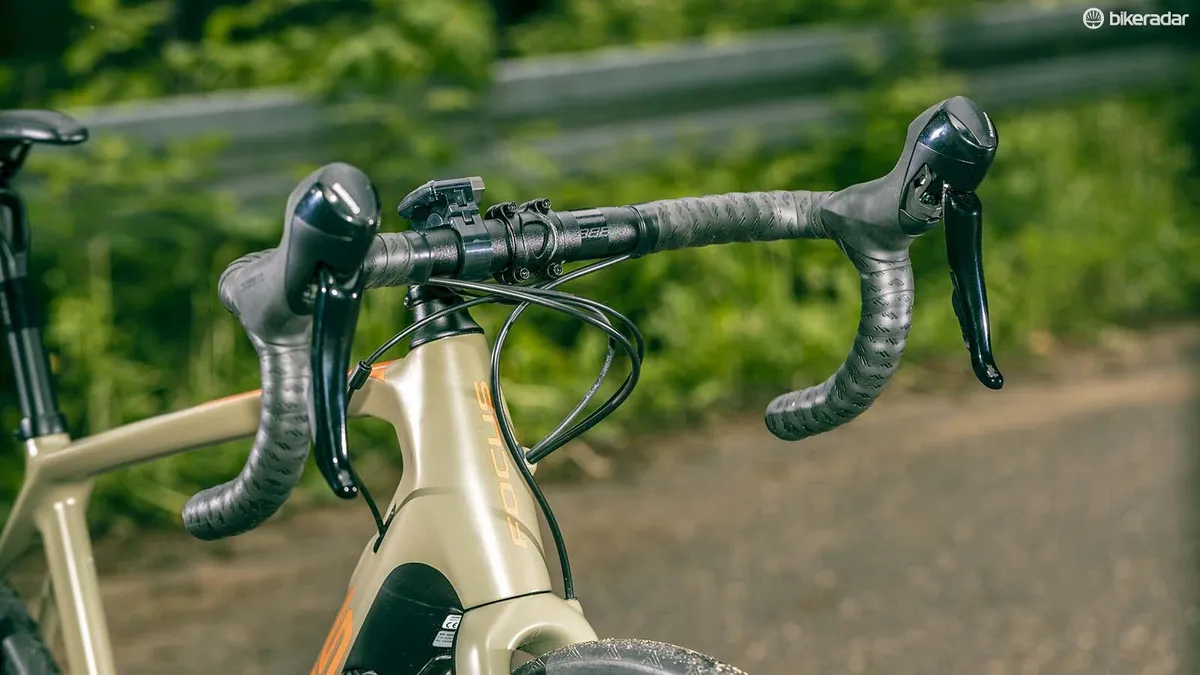
Focus product manager Mark Grunert says that the Paralane² is a "light agile bike that gives you that extra push only when you need it. We wanted to go in a different direction to normal e-bikes, we want to help riders achieve their unachievable."
It all started under Focus’ in house ‘Project Y’, and evolved from what Focus was seeing in the e-bike sector — an obsession with more watt/power outputs.
Focus' founder Mike Kluge says: "E-bikes were moving more towards a motorbike and away from cycling… Project Y was our choice to take a different fork in the road and head in a new direction."
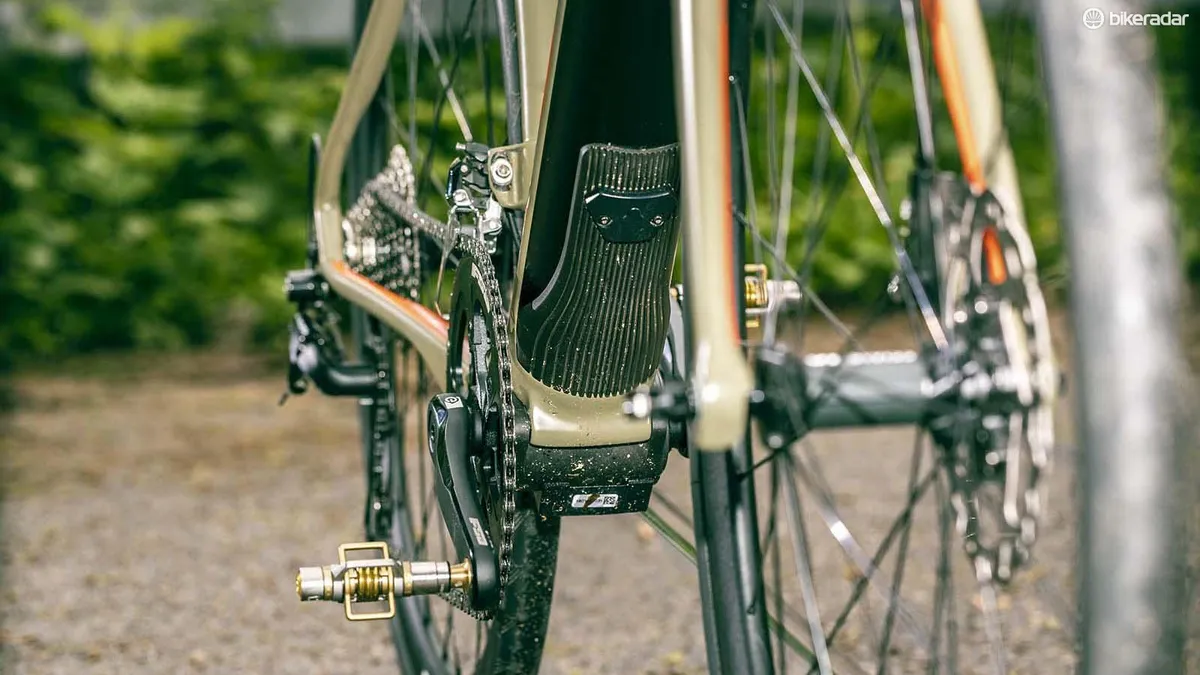
With the goals set, Focus sees potential customers as riders either already using performance e-mountain bikes or those who want to get serious exercise but don’t want to constantly be in the red — something that allows riders of differing abilities and fitness levels to ride together. Finally, it’s a bike for riders of all ages.
One of the key aspects for Focus was that the Paralane² had to be light, so it worked with German start-up Fazua (named after Bavarian slang for ‘go-on’), which was born out of a university project and is now an independent e-bike system maker.

The Munich built system is a revolution in e-bikes. The motor and battery are minimal compared to established systems form the likes of Bosch and Shimano, and it provides a hearty 60nm/400w of assistance.
The real surprise is that the system weighs 3.5kg for the motor/bottom bracket and battery, meaning my medium (54/56cm) test bike tipped the scales at just shy of 13kg. Yes that’s heavy for a road bike, but light for anything ‘e’.
The surprise is that you can remove the battery and motor from the down tube and put the included cover in place, then you have a 10kg road bike. With the system off or removed there is zero drag from the bottom bracket (unlike most e-bikes). So with the motor off it rides well, like a bike should.
Focus Paralane² integration
The integration of the system was a difficult process, because early on Focus wanted the bike to be able to be used with or without the motor and battery in place. So that meant it had to be strong enough to handle the weight and stresses of an e-setup and maintain the same ride qualities and geometry as a pure Paralane.
Composites engineer Paul Sadowski explained: "We used many more high-strength fibres in the down tube and bottom bracket areas, and the head tube. We needed it to be able to resist buckling and torsional twisting as it’s not a closed tube anymore. We solved it with materials and using specific orientations of the fibres. We did eight weeks of testing on fibre orientation (after all of our computational work) on the front triangle alone in our production facility in Asia, and that was on the back of the engineering research we undertook in Germany."
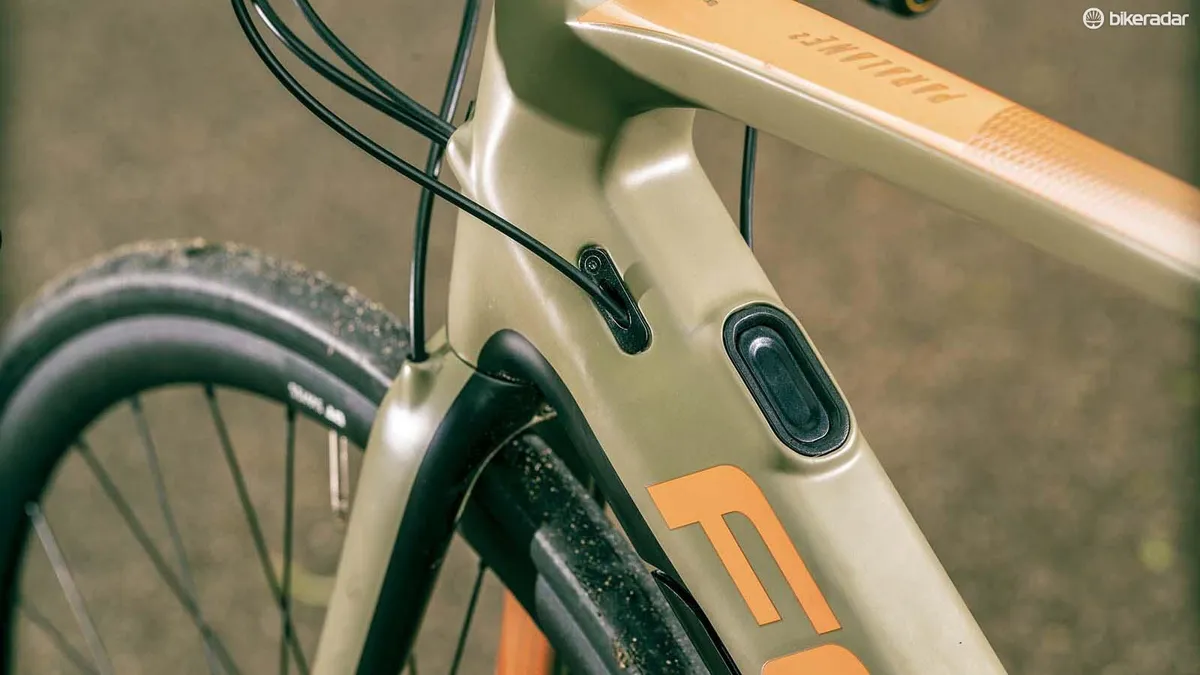

"The most important thing is it has to feel like a Paralane, a bike we’re already proud of," he continues.
The frame itself uses over 500 individual plies of carbon (and that’s 30 percent more than the standard Paralane) The resulting carbon frame weighs 1,450g, which when you consider the extra parts (motor mounts, complex battery mounts in the down tube, increases in strength) is a pretty impressive achievement.

It wasn’t just the ride quality and composite engineering that proved a challenge it was the integration of the Fazua power unit itself. The unit uses a bottom bracket that’s 3mm wider each side than a traditional road unit. So Focus built an alloy prototype and put it through thousands of kilometres of testing.
During this testing it found that the extra 3mm on the driveside compromised the shifting far too much, and rather than make a quick fix it worked with DT Swiss to bring Boost technology (a wider hub spacing found on mountain bikes running plus sized tyres) to the road.

This new standard widens the spacing to 148mm at the rear and 110mm at the front, and uses a new R.A.T. axle. Focus claims this approach adds stiffness and durability to the wheels and gives an optimum chainline to ensure smooth shifting and longevity. (Focus has learnt from e-mountain bikes that chain and cassette wear is accelerated when you introduce e-power.)
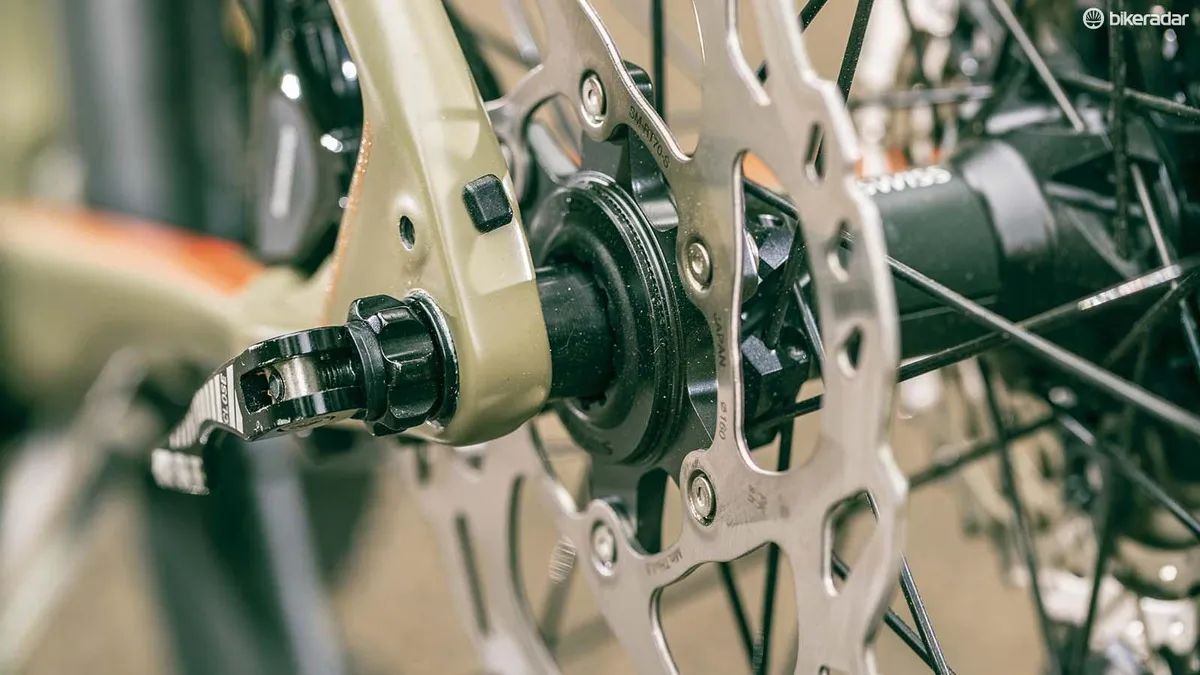
The Paralane² officially has clearance for 35mm tyres, not exactly big in the gravel sector, but is big for road. Mark Grunert tells us that you can get 38s in the frame, but says that’s also dependent on rim shape, and states 35mm is better to be safe, but you can go bigger.

Focus Paralane² first ride
I have to admit I was very sceptical about the Paralane², in a sort of 'I can see the point, kind of, but it’s not for me or many people I know, if I’m honest' kind of way. And, as I’ve already said, I like e-bikes, as transport, as a utility tool, but for sport?
We headed out on the pair of Paralane²’s. I was on the Ultegra Di2 equipped 9.8 and Mike Kluge was on the more modest 105 equipped 9.6.

Our initial spin was on the flat, so no point in adding any extra effort, and I’m happy to report it felt, well just like a bike. The extra weight low down wasn’t an issue when rolling along, but then we turned and the singletrack road steepened quickly and severely, with my Garmin quickly indicating double-digit gradient.
I engaged the assistance to green (the bar mounted switch offers four levels: white — off, green — low, blue — medium, red/pink – full) and the motor slowly fed in a small ‘push’. It feels strangely natural, like getting a second wind, helping you maintain your cadence and keep climbing.

The next section was a loose gravel surface, with some more serious steepness, so it was time to engage blue. Here you get a little bit more speed, yet unlike any other system it feels weirdly natural again, and it's also extremely quiet with none of that electric motor whine I’ve experienced on other systems.
The power gradually feeds in and it feels like it’s working with you. Up until now e-bike systems I’ve tried seem to take over, like they are powering the bike, but you're adding assistance with the Paralane² and this very clever Fazua motor always makes you feel like you’re in charge.

On the loose gravel surface the bike felt planted and the extra go it gives means you're free to concentrate on your body position and weight shifts to keep traction, rather than just worrying about keeping going. The Paralane² helps to keep going where you want to go though.
Then I hit a proper switchback mountain ascent with alternating gradients, plenty of twists and a great deal of vertical gain. So, for fun, we both switched to max-power and went into the red/pink (well the bikes, not us).
Here the bike is somewhat addictive, holding 16mph as a minimum on an Alpine style ascent is fun stuff, and nothing feels stranger than having to coast or even brake through an uphill hairpin because you're moving so quickly.
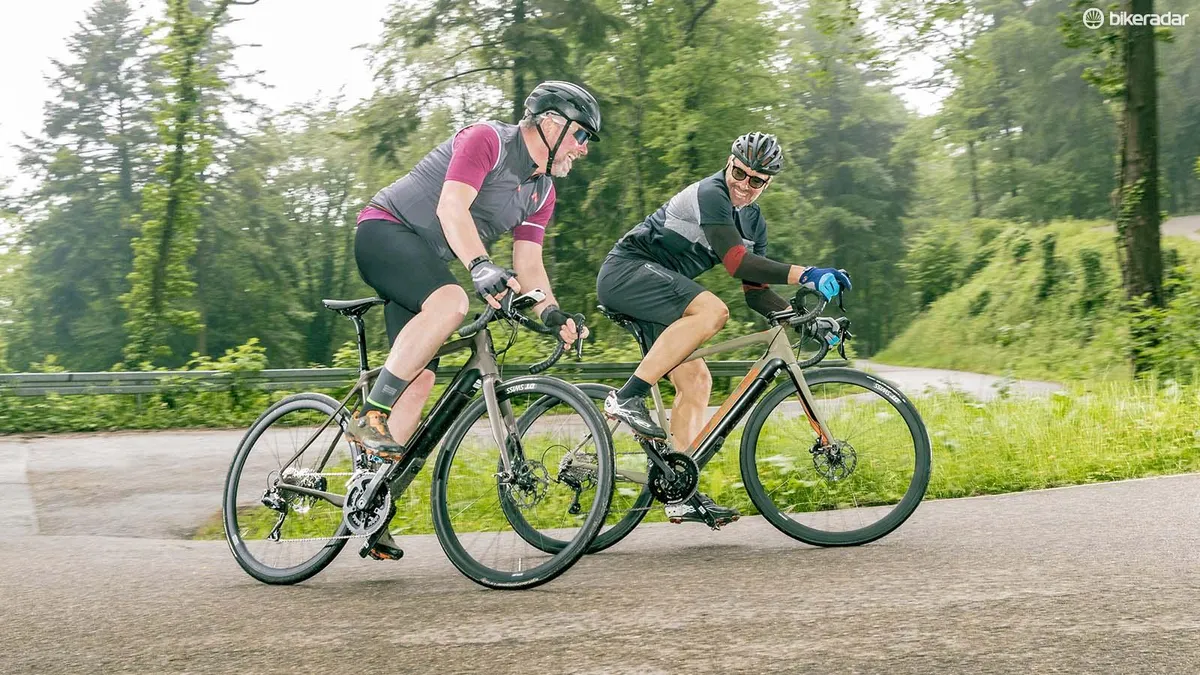
Now, don’t get me wrong, you still have to put the effort in, and a climb like this is still going to make you sweat, but the important thing is just how much it feels like cycling proper.
I can see the Paralane² being a catalyst for boosting rider confidence. So rather than sitting at the bottom of a hors-category climb thinking ‘it’s not for me’, on the Paralane² you’ll have a go, and succeed. I even think it’ll give you the confidence/cum knowledge to have a go without mechanical assistance in the future.
Once we’d topped the ascent it was time to head back down, and in the midst of a Black Forest thunderstorm we hit the long six mile descent.
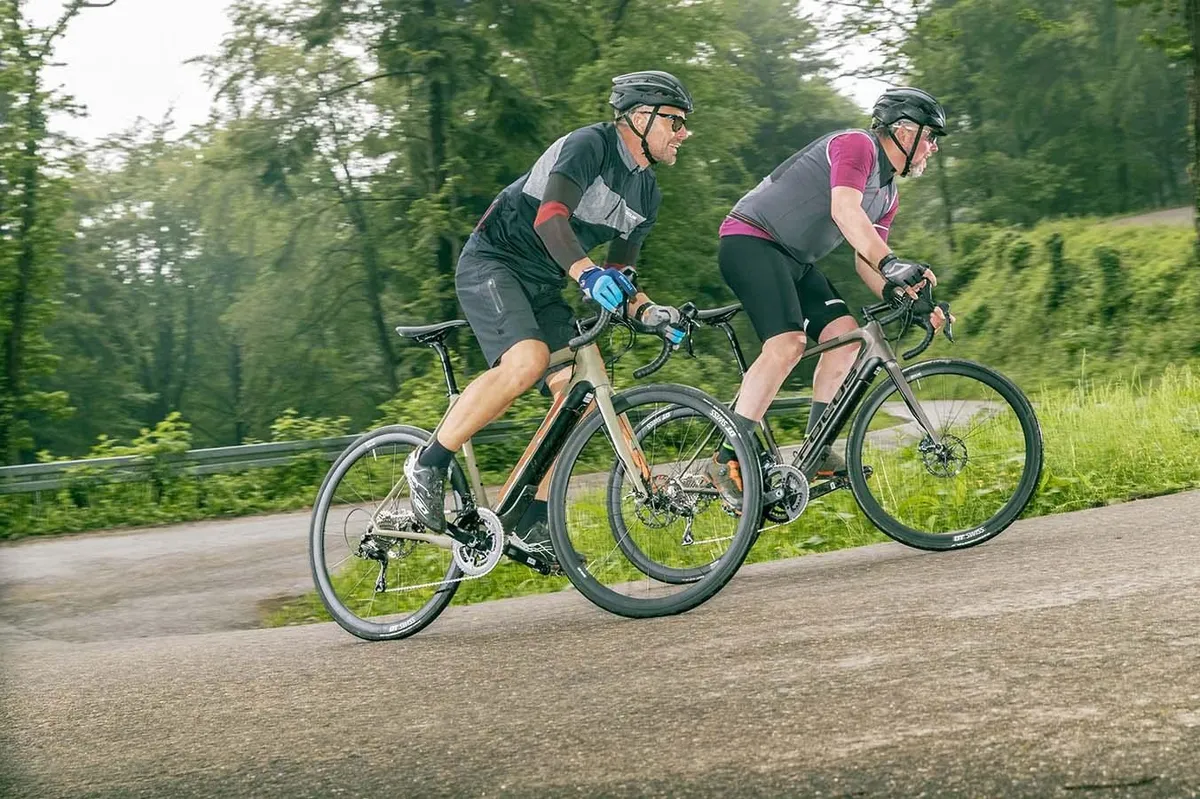
The Paralane²’s balance is different to a standard bike, with so much of the weight low down initially.
It feels odd when hammering downhill, but quickly you start to feel its solidity and stability from such a low centre. Soon I was hitting corners and going as late on the brakes as I would on my standard bike, and sooner still pushing the limits I’m comfortable with.
When we reached the bottom my Garmin had clocked a 52.7mph top speed and the distance ridden just shy of that figure. It’s hard to judge the absolute range as it really depends on how much you’re using the assistance, but after riding, out of the 10 battery level lights available three remained lit. So, to hazard a guess, I’d say you’d easily get a long day's riding out of a single charge, and even if you run out of juice the bike still rides like a bike should — even if it’s a bit heavy.
Focus Paralane² impression overall
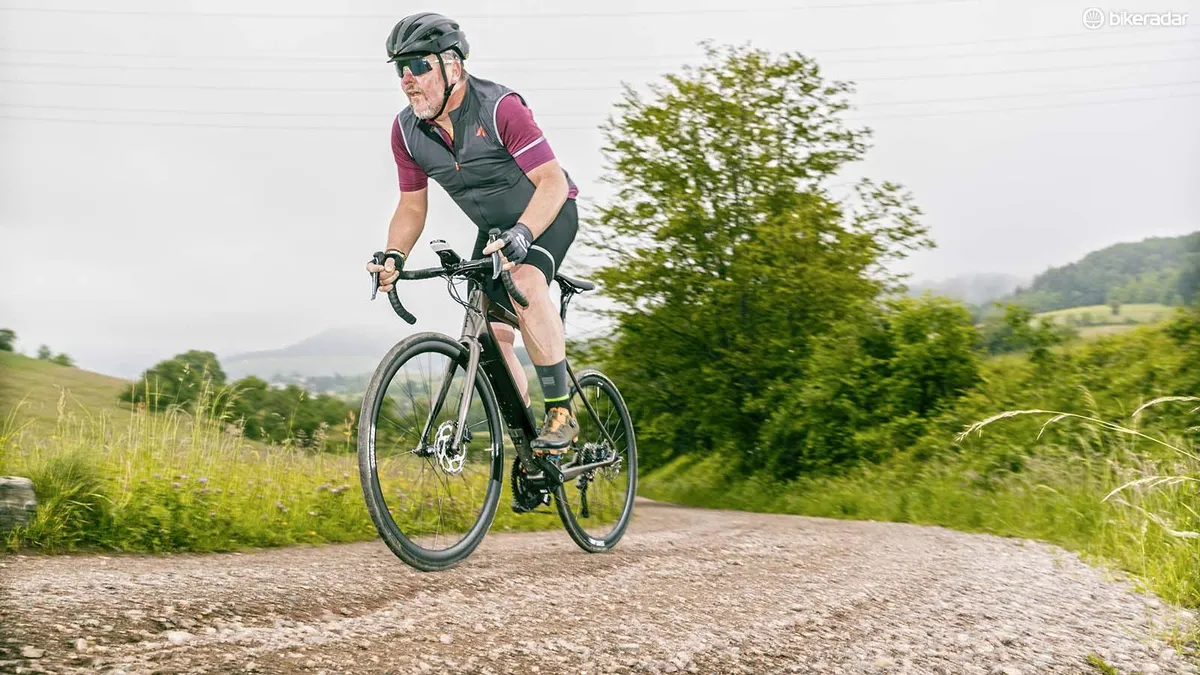
As with many things, I was happy to be proven wrong by the Paralane².
I couldn’t see a place for it initially, but now I can. Would I buy one? At the moment probably not, but would I recommend it to older riders, anyone recovering from injury or less confident riders? Most definitely.
And should the time come when I get older and I can’t ride to the places I love to now, would I get one? Yes. And that’s without any shadow of embarrassment about the artificial assistance, because the Paralane² enhances not hinders the ride experience.

I’d like to see a few things improved; a more all-road tyre than the slick Conti’s fitted for starters and I think Focus could do some work on making the controller for the motor sleeker and less bulky, which would help things aesthetically.
As we’ve got in so early, Focus hasn’t confirmed pricing yet, so while I’m happy to give my verdict, I couldn’t yet give it a rating, though the fun I had riding it made for a five-star day's riding.
Focus Paralane² early verdict
An e-bike that helps you go higher or further without spoiling the ride experience.
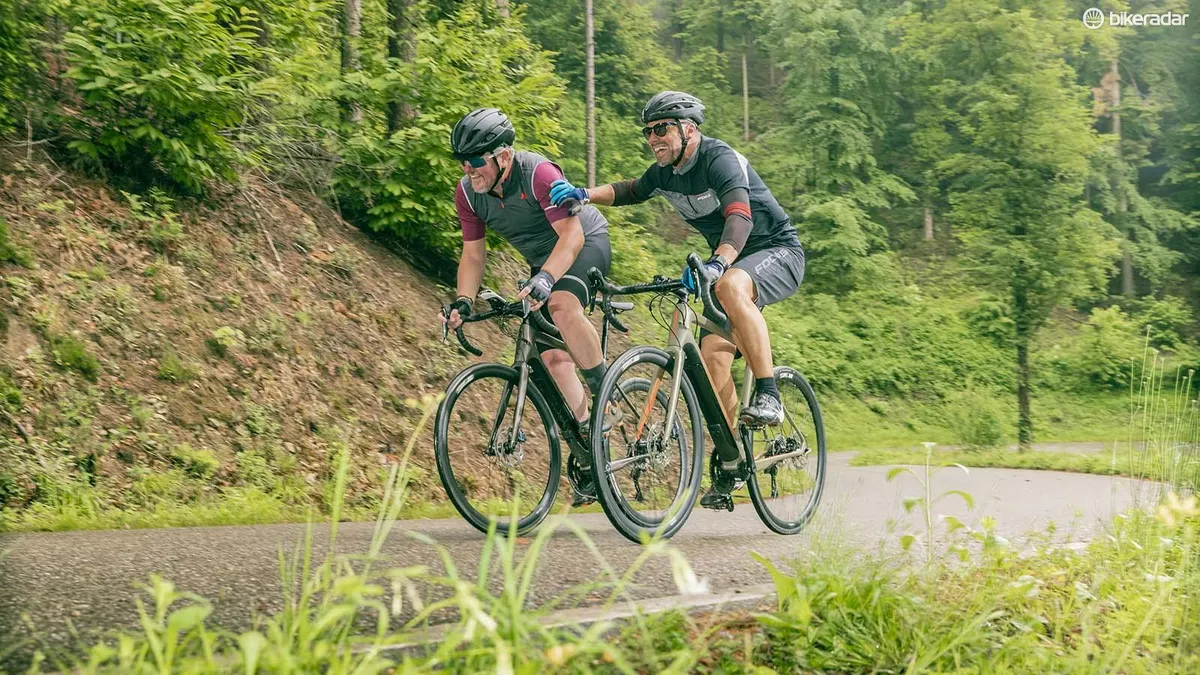
Focus Paralane² range overview
Focus Paralane² 9.9
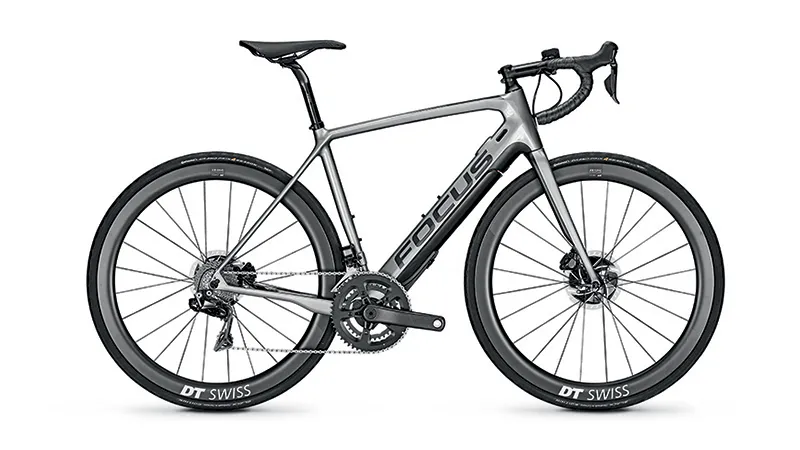
- Paralane² carbon frame
- Shimano Dura-Ace Di2 R9170
- FSA Carbon crank
- DT Swiss PRC1400 wheels
Focus Paralane² 9.8
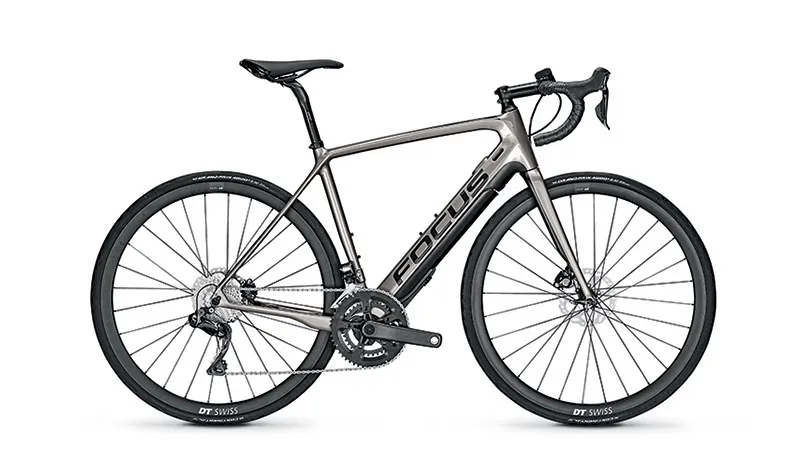
- Paralane² carbon frame
- Ultegra Di2 R8070
- FSA Carbon crank
- DT Swiss RR521 rim + DT370 hub wheels
Focus Paralane² 9.7
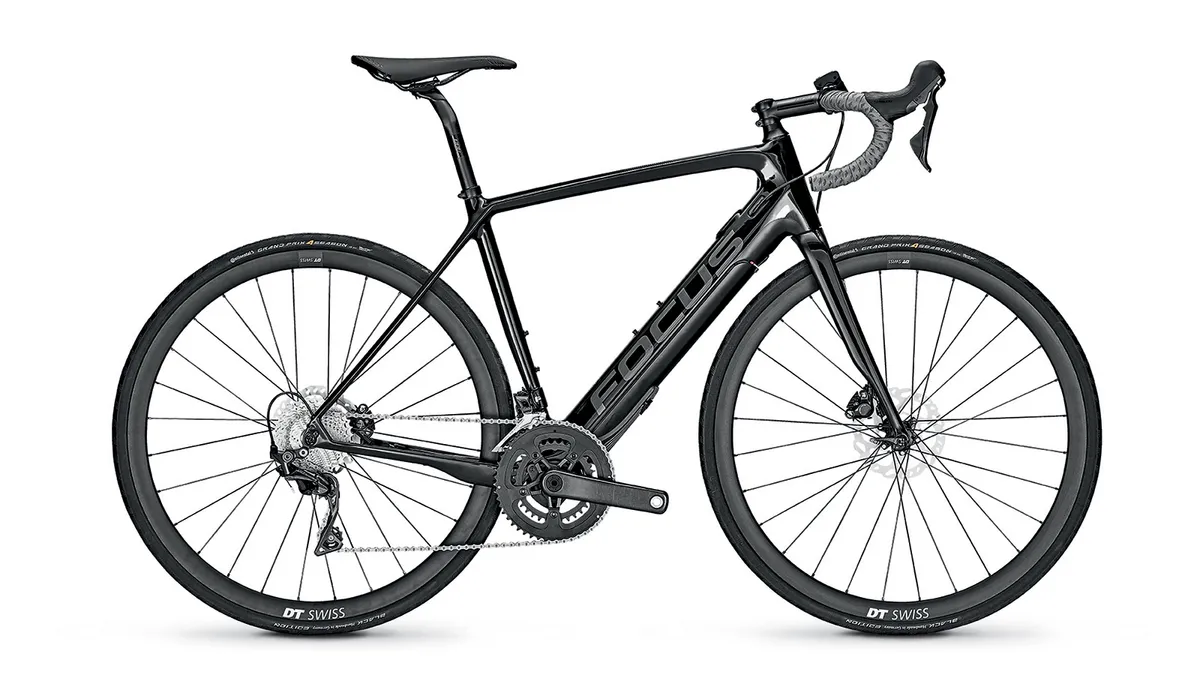
- Paralane² carbon frame
- Shimano Ultegra 8000
- FSA crank
- DT Swiss RR521 rim + DT370 hub wheels
Focus Paralane² 9.6
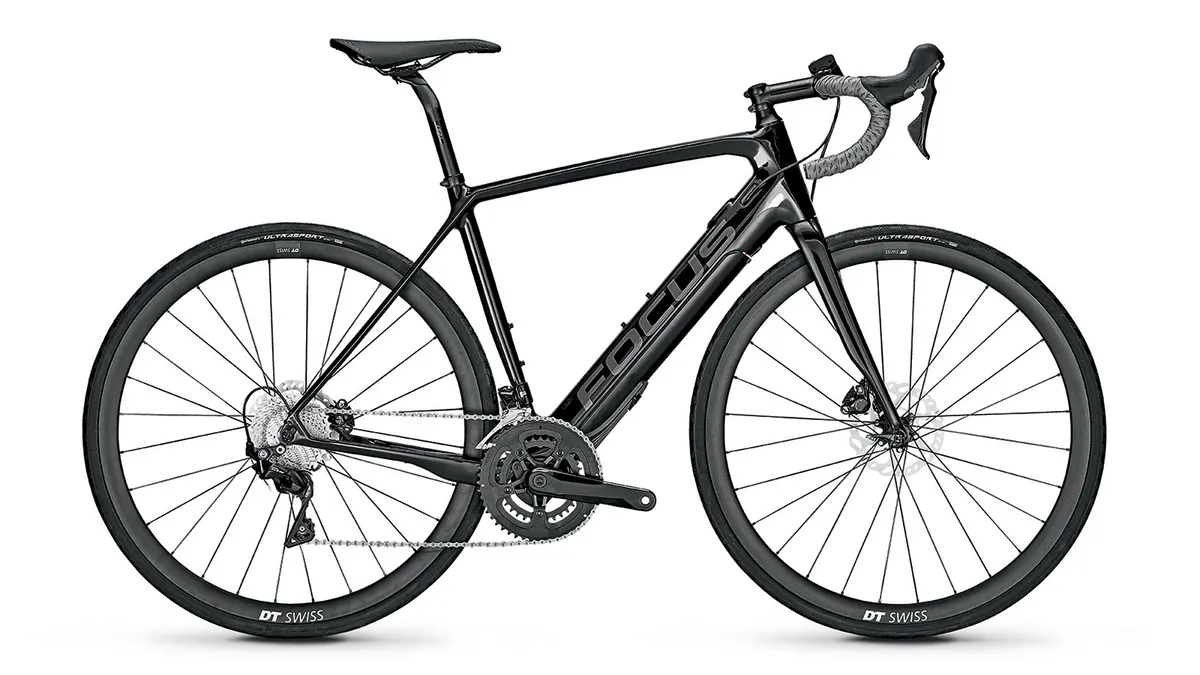
- Paralane² carbon frame
- Shimano 105 7000 series
- FSA crank
- DT Swiss RR521 rim + DT370 hub wheels

